English Ivy
English Ivy, scientifically known as Hedera helix, is a versatile and popular plant that adds elegance and charm to indoor and outdoor spaces. This comprehensive guide delves into all aspects of English Ivy, equipping you with the knowledge and techniques to cultivate and care for this timeless plant.
Growing Conditions:
Learn about the optimal growing conditions for English Ivy, including sunlight requirements, temperature preferences, and soil considerations. Understand how to create an environment that supports healthy growth and encourages the plant to flourish.
Watering and Fertilization:
Master the art of watering English Ivy, striking the right balance to keep the soil consistently moist without overwatering. Explore fertilization techniques and schedules to provide robust growth and vibrant foliage nutrients.
Pruning and Training:
Discover the importance of pruning and training English Ivy to maintain its desired shape and promote bushier growth. Learn how to trim back unruly vines and guide the plant to climb trellises, walls, or other support structures.
Propagation Methods:
Unlock the secrets of propagating English Ivy through stem cuttings, division, or layering. Gain step-by-step instructions for each method and increase your plant collection or share the beauty of English Ivy with others.
Indoor and Outdoor Uses:
Explore the versatility of English Ivy in both indoor and outdoor settings. Discover how to incorporate it into hanging baskets, terrariums, or as a ground cover in your garden. Unleash your creativity and utilize its cascading vines to create stunning displays.
Pests and Diseases:
Identify common pests and diseases that may affect English Ivy, such as aphids, spider mites, and powdery mildew. Learn preventive measures and effective treatments to keep your plants healthy and thriving.
Landscape Design:
Inspire your landscaping endeavours with English Ivy by exploring various design ideas. Learn how to utilize it as a ground cover, create living walls, or incorporate it into mixed plantings to add depth and visual interest to your outdoor spaces.
Seasonal Care:
Navigate through seasonal care considerations for English Ivy, including adjustments in watering, fertilization, and pruning during different times of the year. Discover how to protect your plants from frost or extreme temperatures.
With this comprehensive guide to English Ivy, you will embark on a rewarding journey of cultivating and enjoying this timeless plant. From its graceful foliage to its ability to transform any space, English Ivy will bring a touch of elegance and natural beauty to your surroundings. Discover the joy of caring for this versatile plant and let its trailing vines and lush green leaves breathe life into your indoor oasis or outdoor landscape.
Things to know about English Ivy
Common (vernacular) Name
एन्थूरियम (Hindi), Anthurium, Flamingo Lily, Flamingo Flower, Painter's Palette, Lace Leaf, Pigtail Plants, Tail Flower and many more.
Botanical Name
Anthurium Andraeanum
Origin
Mexico to Tropical America (Colombia, Ecuador).
Family
Araceae
Plant Type
Tropical plant
Plant Features
Ornamental / Evergreen / Exotic
Life Cycle
Perennial
Landscape Uses
Container Planting and Houseplants.
Species
Belolonchium, Calomystrium, Cardiolonchium, Chamaerepium, Cordatopunctatum, Dactylophyllium, Decurrentia, Digitinervium, Gymnopodium, Leptanthurium, Pachyneurium, Polyphyllium, Polyneurium, Porphyrochitonium, Schizoplacium, Semaeophyllium, Tetraspermium, Urospadix, Xialophyllium.
Varieties
It comes with thousand of different varieties in a diversity of leaf and flower colorations.
Size
Height : 1 to 1.5 feet tall and Width : 1 feet wide when mature.
Indoors or Outdoors
Outdoors : Anthurium can be used outdoors in shady plantings, avoid direct sun light.
Indoors : Excellent plant grow in bright light or indirect light. Best indoor plants for beginners.
Blooming / Flowering
Blooming period is throughout the year.
Flower Colour
It’s come with a contrasting spadix Gold, Yellow, Orange, Pink, White, Green, Purple, Red, Burgundy, Multicolored and Variegated colours.
Lucky Plant
According to Feng Shui, It bring Good Luck in your relationships.
Lighting / Sun Exposure
Bright Indirect Sunlight.
Temperature
Grow best preferably warm temperature above 21°C and can be tolerate max temp. as high as 32°C.
Growth Rate
Anthurium is a slow to moderate growers plant.
Watering
Moderate watering, Mist or over head sprinkler to provide water and to improve relative humidity. Not tolerate overwatering it may cause root damage and yellowing of the leaves.
Fertilizer
Slow-release fertilizer, or a water-soluble liquid fertilizer once or twice in the growing season (Spring through Summer).
i.e. - Cow dung, DAP, Compost, NPK 30-10-10 fertilizer, liquid organic fertilizer etc.
Pruning
Pruning of Anthurium not much is needed. However, trimming away only discolored or dead leaves.
Propagation
Seeds : The best time to sow your Anthurium seeds is in the end of Winter / early Spring but it can't can give good result.
Stem Cuttings : The easier methods of propagation of Anthurium in water or in soil via stem cuttings, and can be done during the warm growing season.
Division : Division of Anthurium can be done in Rainy season, or better in February to March.
Dormancy Period
Month : November to February (winter season)
Shed their leaves and show poor growth, Watering minimally.
Avoid : Propagate, Fertilize and Repotting.
Container
Ceramic Pot, Plastic Pot, Terracotta or Clay Pot is preferred, which ensures good drainage as well as water holding capacity.
Soil Type
A well-drained Loam / Coarse potting soil is recommended as well as water holding capacity. Prevent soggy potting medium.
Our recommendation for potting mix : Equal part mixture of Garden Soil (25%) + Compost (25%) + River Sand (25%) + Cocopeat (25%). You can substitute pieces of Charcoal, Vermicompost, Perlite etc.
Soil pH
Lightly Acidic soil - Ideally 5.5 to 6.5 pH (potential of hydrogen) is recommended for Anthurium.
Repotting
It is advisable to repot the Anthurium every year or two preferably spring to midsummer season.
Maintenance
Low maintenance and easy to grow.
Properties
Toxic or Poisonous to both humans and pets upon ingestion.
Benefits
Excellent indoor air purifier, Anthurium plants turns CO2 into oxygen. It purifies indoor air by removing harmful chemicals like ammonia, toluene, xylene and formaldehyde.
Special Features
Doesn't attract hummingbirds and pollinators like butterflies and bees or wasps.
Infestation / Pests
Aphids, Scale insects, Thrips, Mealy bugs, Spider mites and caterpillars etc.
Diseases / Problem
Physiological Problem : Anthracnose, Leaf Spot and Powdery Mildew.
Bacterial Problem : Bacterial Blight, Bacterial Wilt and Black Nose Disease.
Fungal Problems : Root Rot and Water Mold.
Some Glimpse of English Ivy
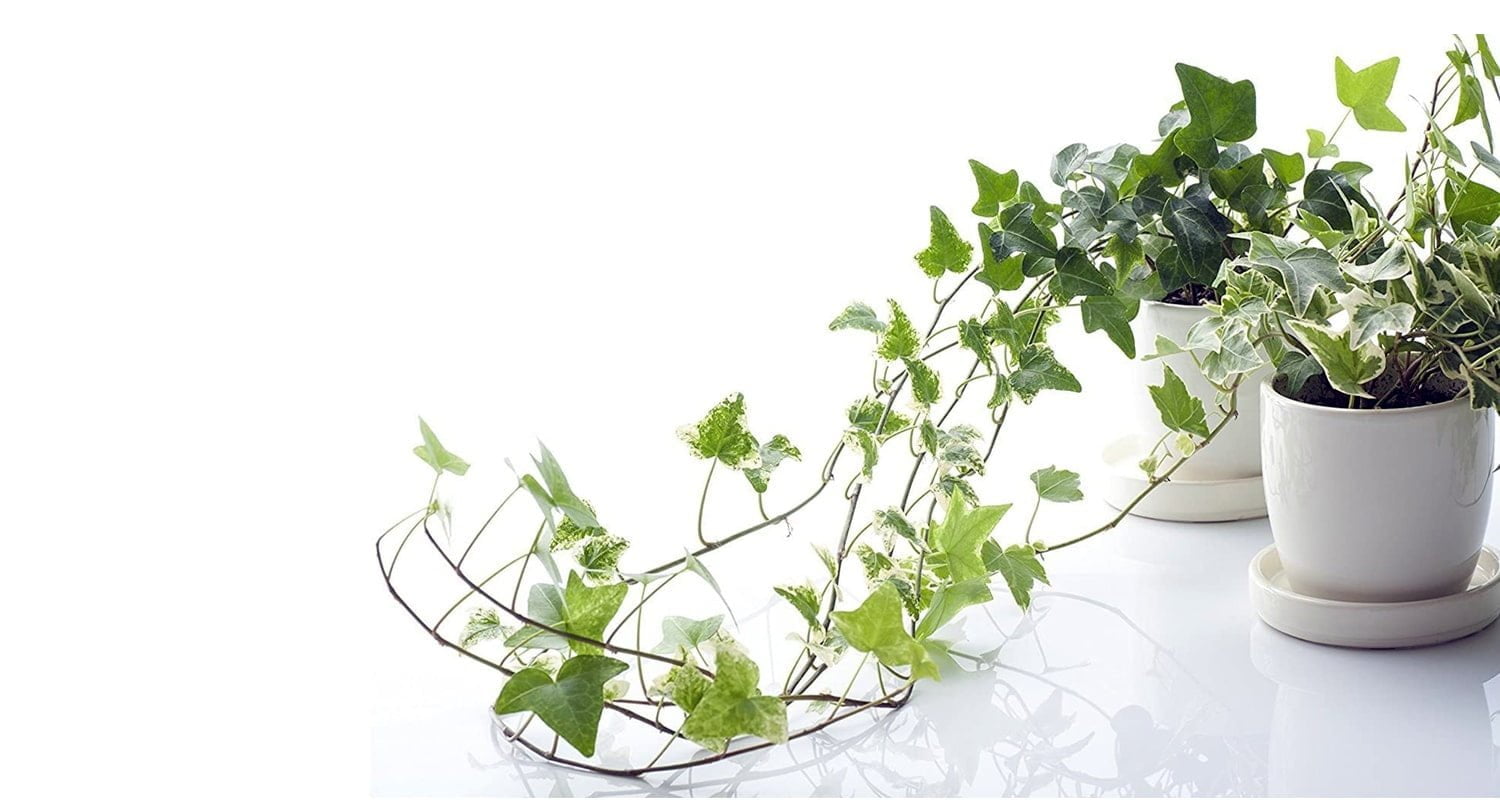
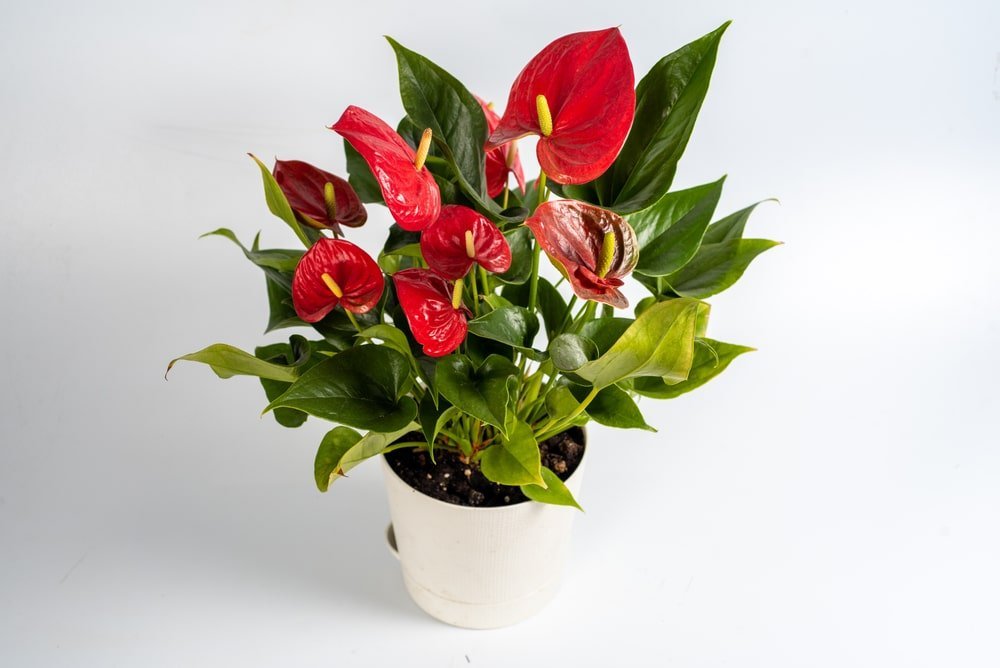
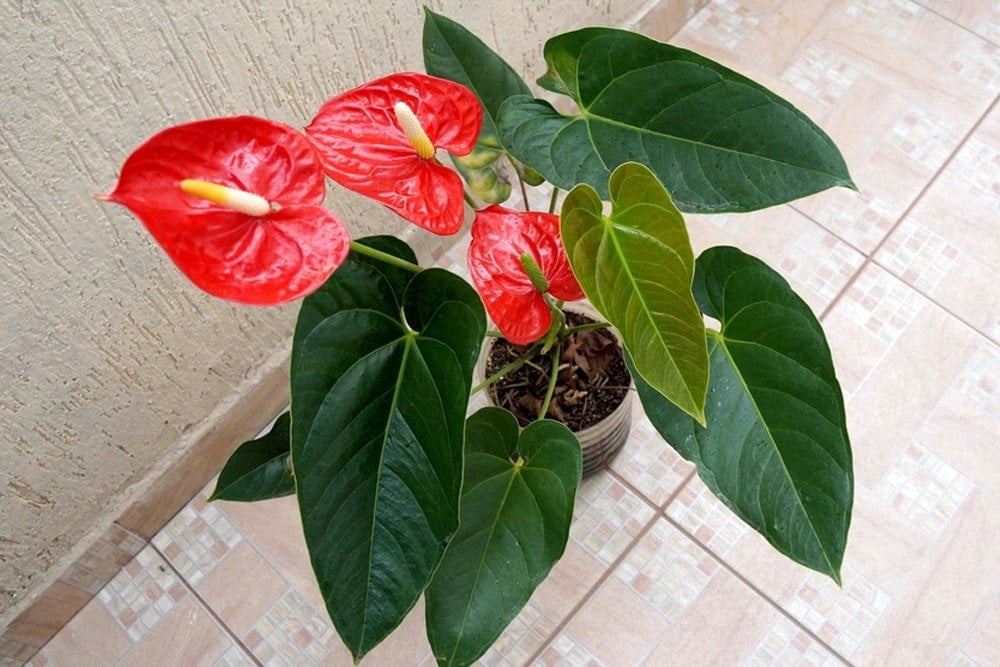



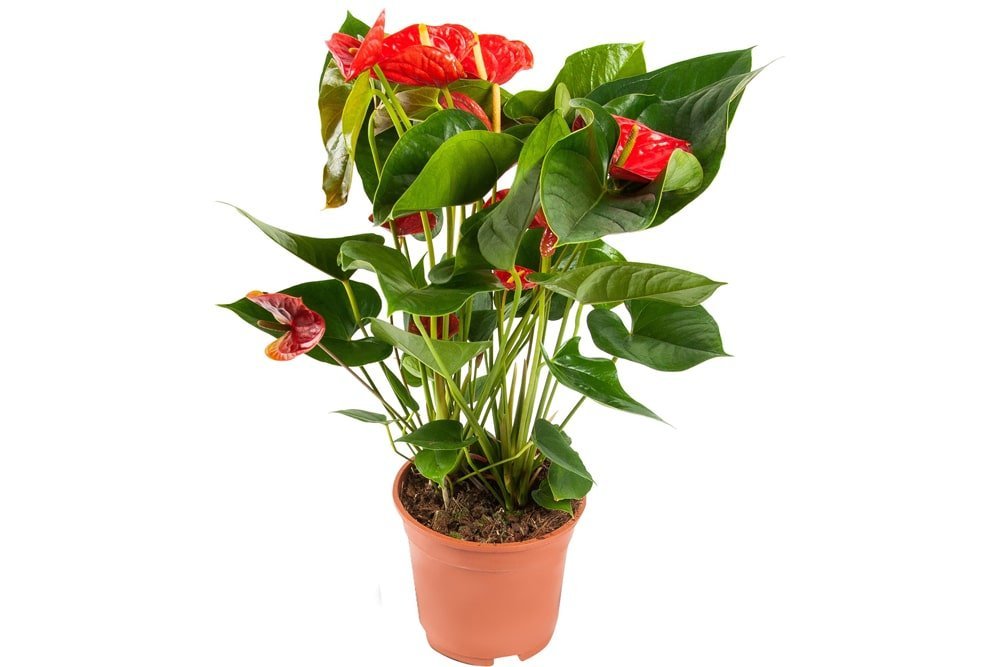

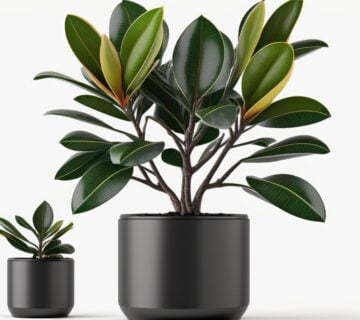
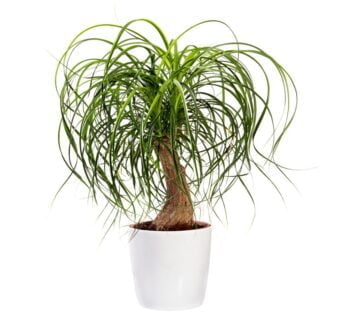
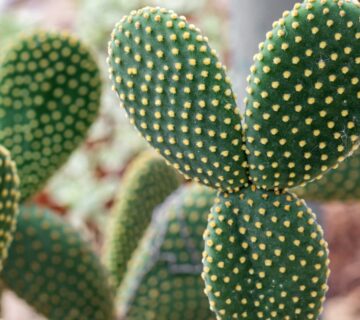
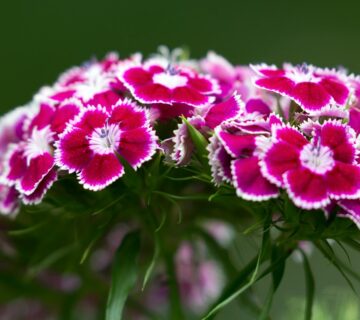
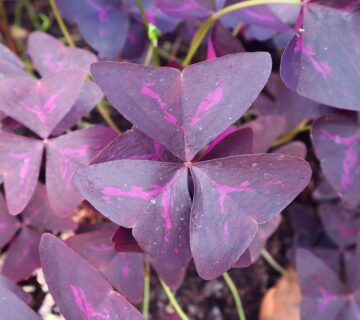


No comment